I am doing linear regression with multiple variables. In my data I have n = 143 features and m = 13000 training examples. Some of my features are continuous (ordinal) variables (area, year, number of rooms). But I also have categorical variables (district, color, type). For now I visualized some of my feautures against predicted price. For example here is the plot of area against predicted price:

Since area is continuous ordinal variable I had no troubles visualizing the data. But now I wanted to somehow visualize dependency of my categorical variables (such as district) on predicted price.
For categorical variables I used one-hot (dummy) encoding.
For example that kind of data:

If I were using ordinal encoding for districts this way:
DistrictA - 1
DistrictB - 2
DistrictC - 3
DistrictD - 4
DistrictE - 5
I would plot this values against predicted price pretty easy by putting 1-5 to X axis and price to Y axis.
But I used dummy coding and now I do not know how can I show (visualize) dependency between price and categorical variable 'District' represented as series of zeros and ones.
How can I make a plot showing a regression line of districts against predicted price in case of using dummy coding?
